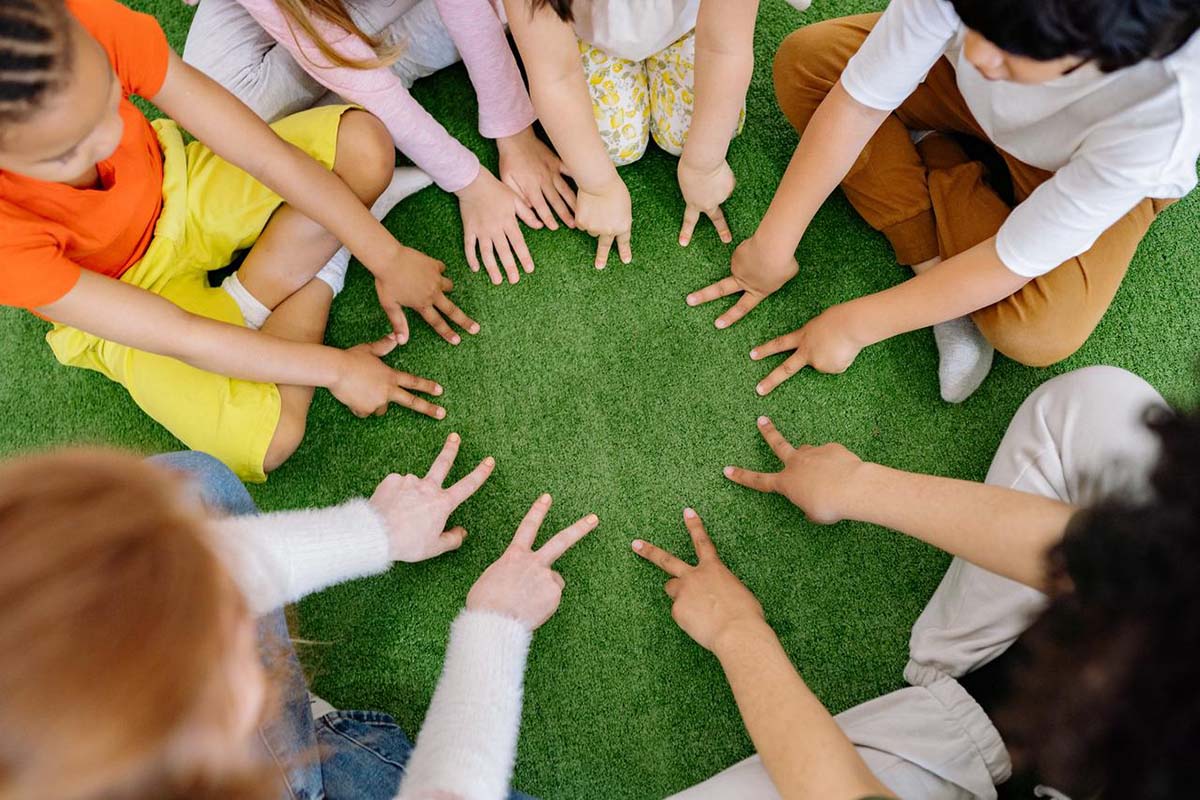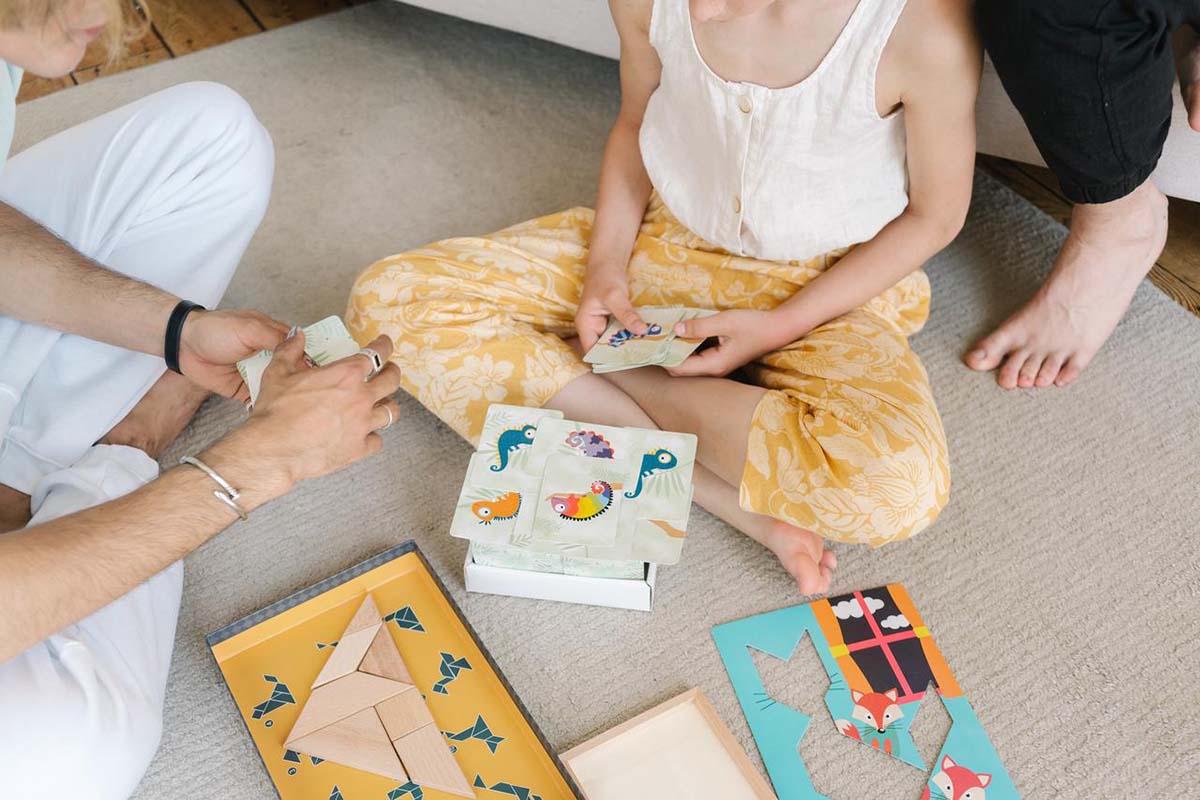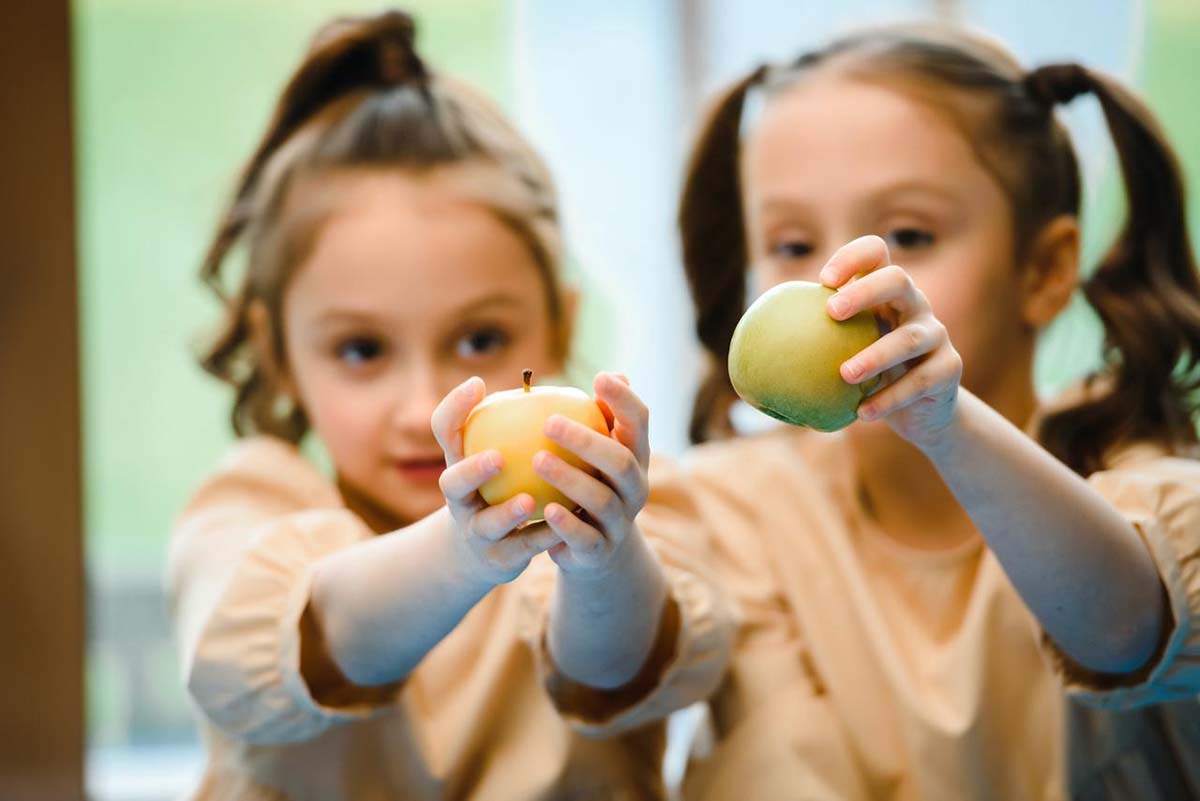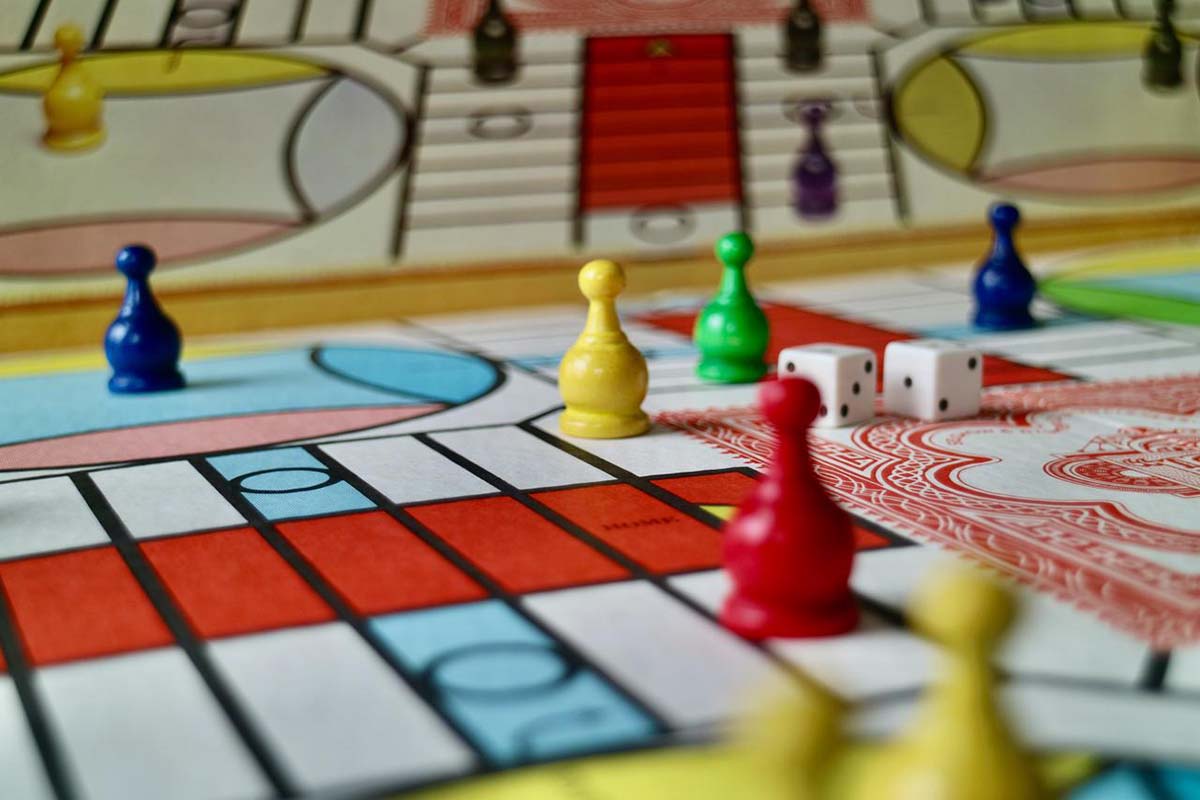
You’re never too young to get excited about math. Some of the first things children learn are based on simple math, like counting, addition, and subtraction. With the help of games, learning with objects (sometimes called manipulatives), and doing math problems hands on. 1st grade is when children start focusing on doing math mentally while taking what they’ve learned from interactive math exercises to grow their skills. There are a variety of strategies that families and teachers can use to help 1st grade students master math fundamentals.
Using creative approaches, younger kids can stay engaged and enjoy learning, while gaining the knowledge and skills they need to excel in math. Making math an everyday part of life is a big step in making kids, comfortable and confident in problem solving. A great way to make it a skill kids love using is by making learning math engaging, exciting, and most importantly fun. With the right support, 1st graders have the chance to fall in love with learning and using math.
The importance of making math fun and engaging for 1st graders
No matter what age you are, if people are having fun with something, there’s a better chance they will embrace it. Younger kids want to learn, but it is important to remember the more they interact and enjoy a subject the more likely they will absorb, embrace, and want to learn it. According to a study by experts on play, The Lego Foundation, making math fun and engaging through hands-on learning and play is a great way to start a child’s passion. 1st grade students learn best by engaging with concepts. Here are some strategies to help kids engage and enjoy math.
3 Strategies to make math lessons fun and engaging

1) Math Games and Puzzles
Sometimes the simplest answer is the best. Kids love playing games and doing puzzles, so making math part of that experience just makes sense. The benefits of using games and puzzles in math are more than just making math fun, it helps 1st grade kids with understanding patterns, problem solving, and building strategies. This love for games can even lead to competitive math competitions, where math goes from a game to a sport. Games and math have become so normal it’s not just for kids anymore. Fantasy sports use concepts like statistics to mix games and math in competitive ways. Making math fun is something that isn’t just good for 1st grade, it can continue through life.
There are many types of games students can play both in school and at home. Online there are tons of online video games available to students. These can be searched by age, grade, and even math skills. It’s a great way to grab the attention of those kids who want to play fun games on a phone or tablet. Practicing math concepts in a fun way helps kids practice these skills in fun ways. Practice makes perfect and with gamified learning, students can practice and have fun at the same time.

2) Interactive Objects (Math Manipulatives)
Sometimes people don’t realize how many objects that they use could be used in math. Fun objects like building blocks, dice, and even everyday objects like crayons or fruit can be used to help kids understand math lessons. One of the most basic word problems for a 1st grader is about fruit. Questions like “A student has 3 apples and eats one, how many apples does he have left” are seen as standard, but what makes these questions so effective. Apples are real things you can interact with to make the math problem one you can represent physically. Objects you can physically use to help children understand math are called manipulatives by educators. Using building blocks to practice counting or rolling two dice to practice adding are great ways to engage in math during play.
While there are manipulatives made specifically for classrooms and playrooms, remember anything can be used to learn math. The important thing for kids is that they can represent math concepts with real physical objects. From counting goldfish crackers to coloring shapes, take time to use what is around to help kids see math in everyday life through what they enjoy.

3) Hands-On Math Activities
Group activities like board games are great ways to use skills students use in solo games and using manipulatives. Roll two dice, add up the numbers, and count the spaces you go forward are all ways math can be used hands-on in a fun way. Hands-on group activities can also help students with social learning. Students learn to take turns, work together to solve problems, and feel challenged and rewarded at the end. If students enjoy these types of games, they may want to take the next step and get into math competitions. Math competitions focus on educational ideas and team-building skills like other extracurricular activities.
The best part of hands-on math activities is how well math concepts fit into everyday life in so many fun ways. From counting and recognizing numbers while playing hopscotch to using shapes while working on a puzzle, math concepts can be brought into everyday play. In 1st grade, students start to take math from physical activities they work with to more mental math activities. Transitioning from seeing math concepts to interacting with them personally, helps students adjust to visualizing math concepts and getting to the ultimate math understanding. The goal is for kids to be able to do mental math.
Fun and Engaging Math for 1st Grade and Beyond!
Games, puzzles, manipulative objects, and hands-on activities provide fun and meaningful ways for kids to learn and start using math concepts every day. It’s important for kids to see math as part of life. Normalizing math can make kids less anxious throughout their education. 1st grade is when math goes from using physical things to build math understanding, to making mental problem solving a skill that can be used every day though throughout life. Making math fun and engaging for 1st graders can build a passion for problem solving that can last forever.
Spark Math by Spark Education uses live teachers and gamified learning to help make math more engaging and fun for all students. Sign up for a FREE trial class today!




